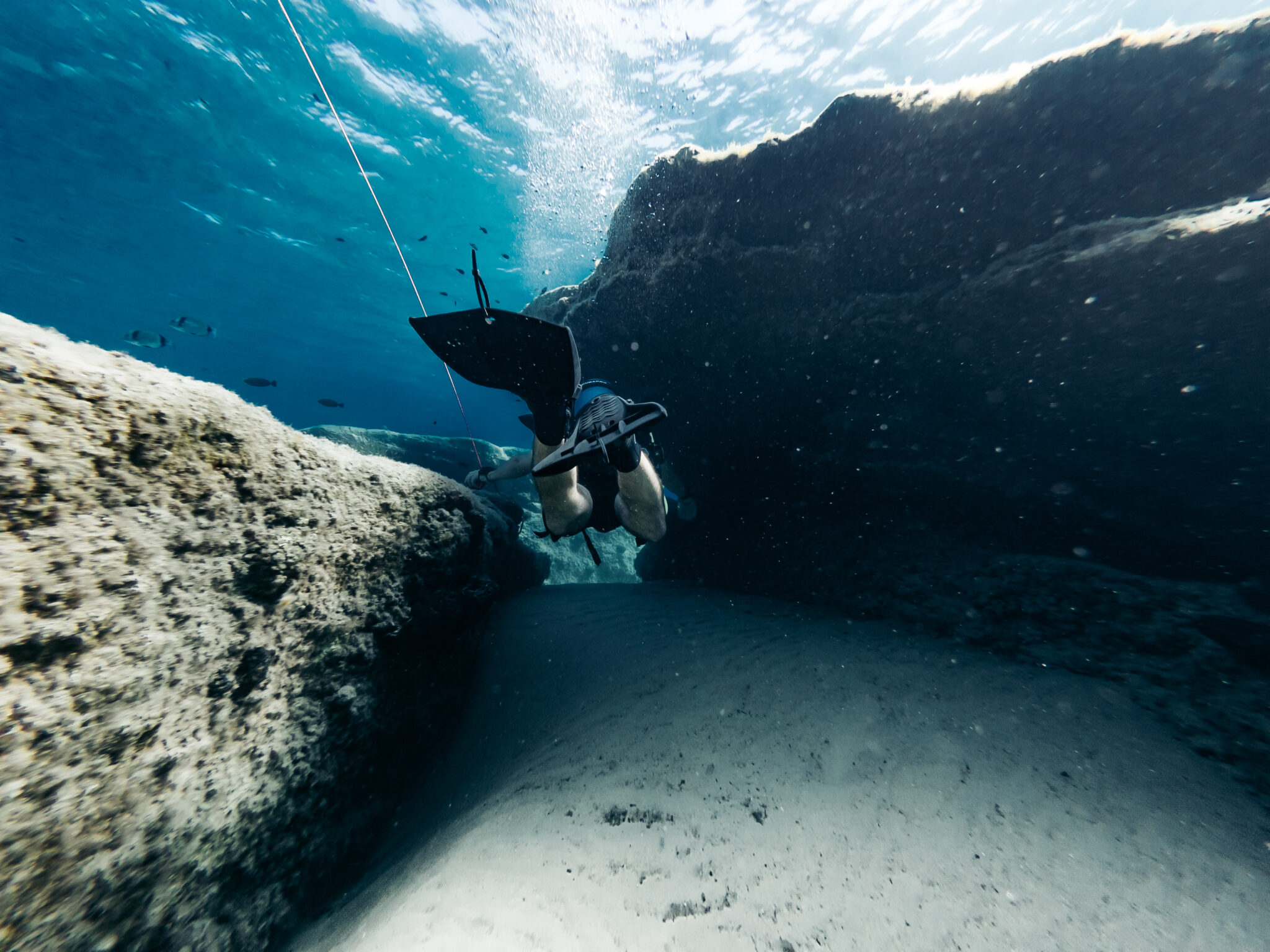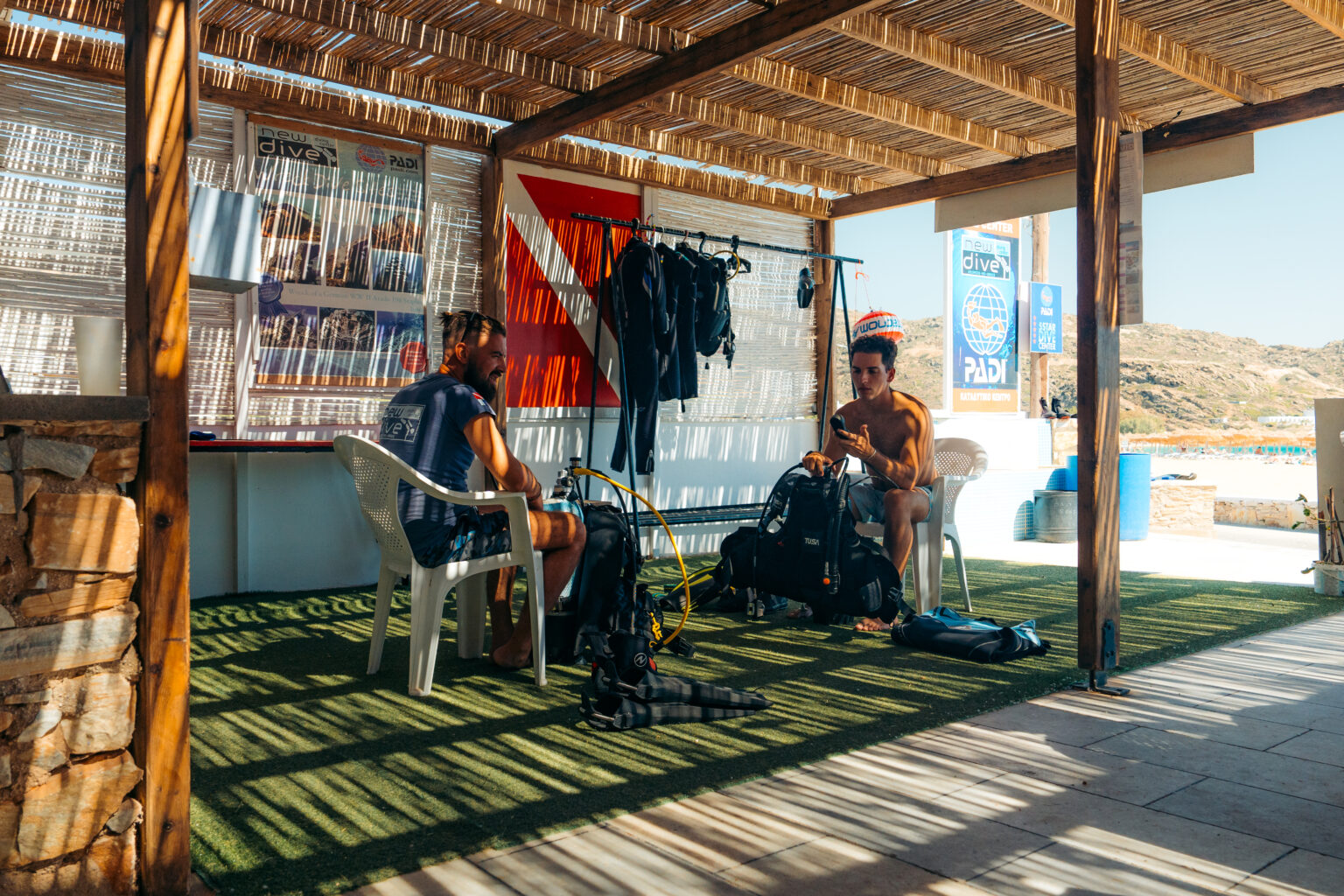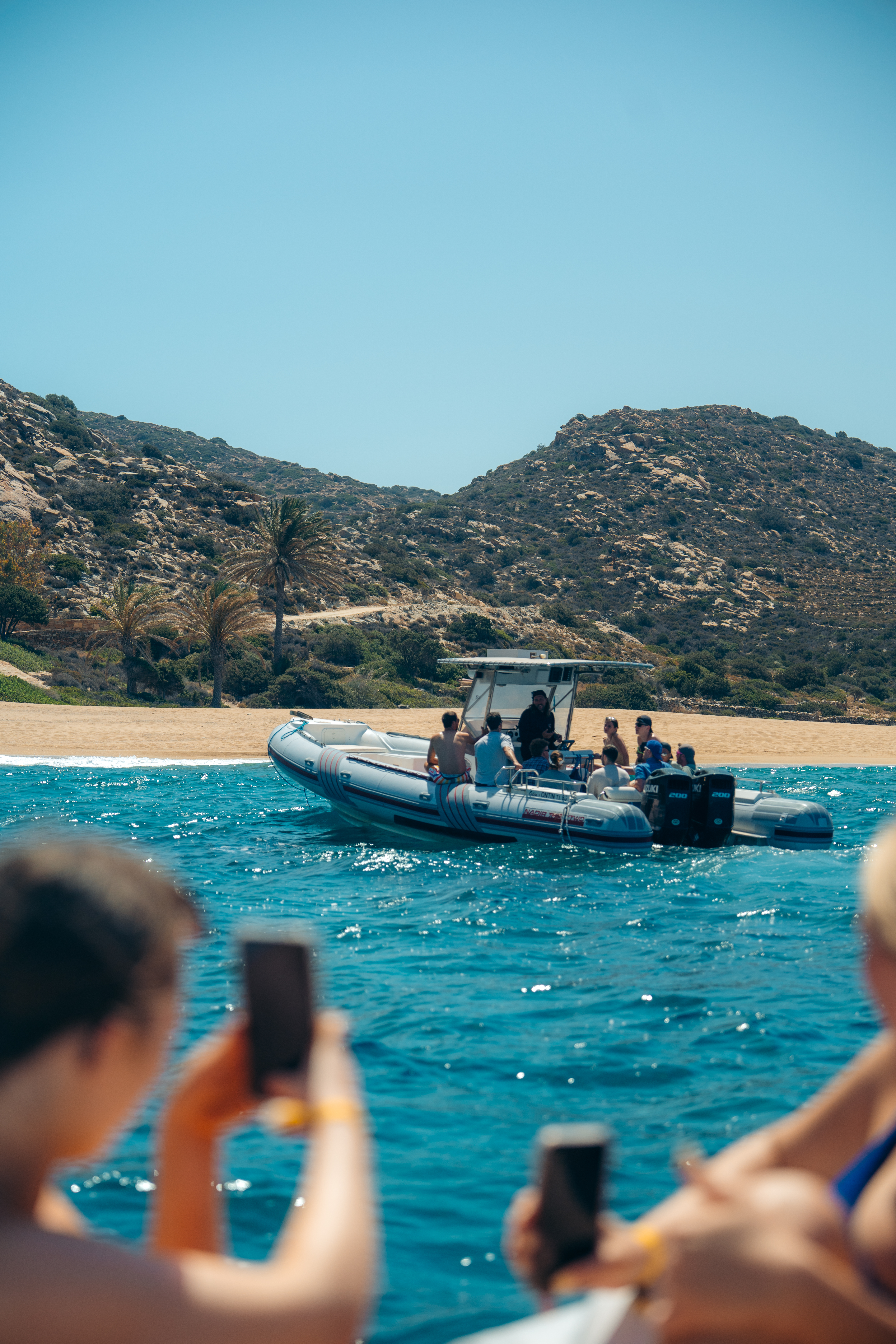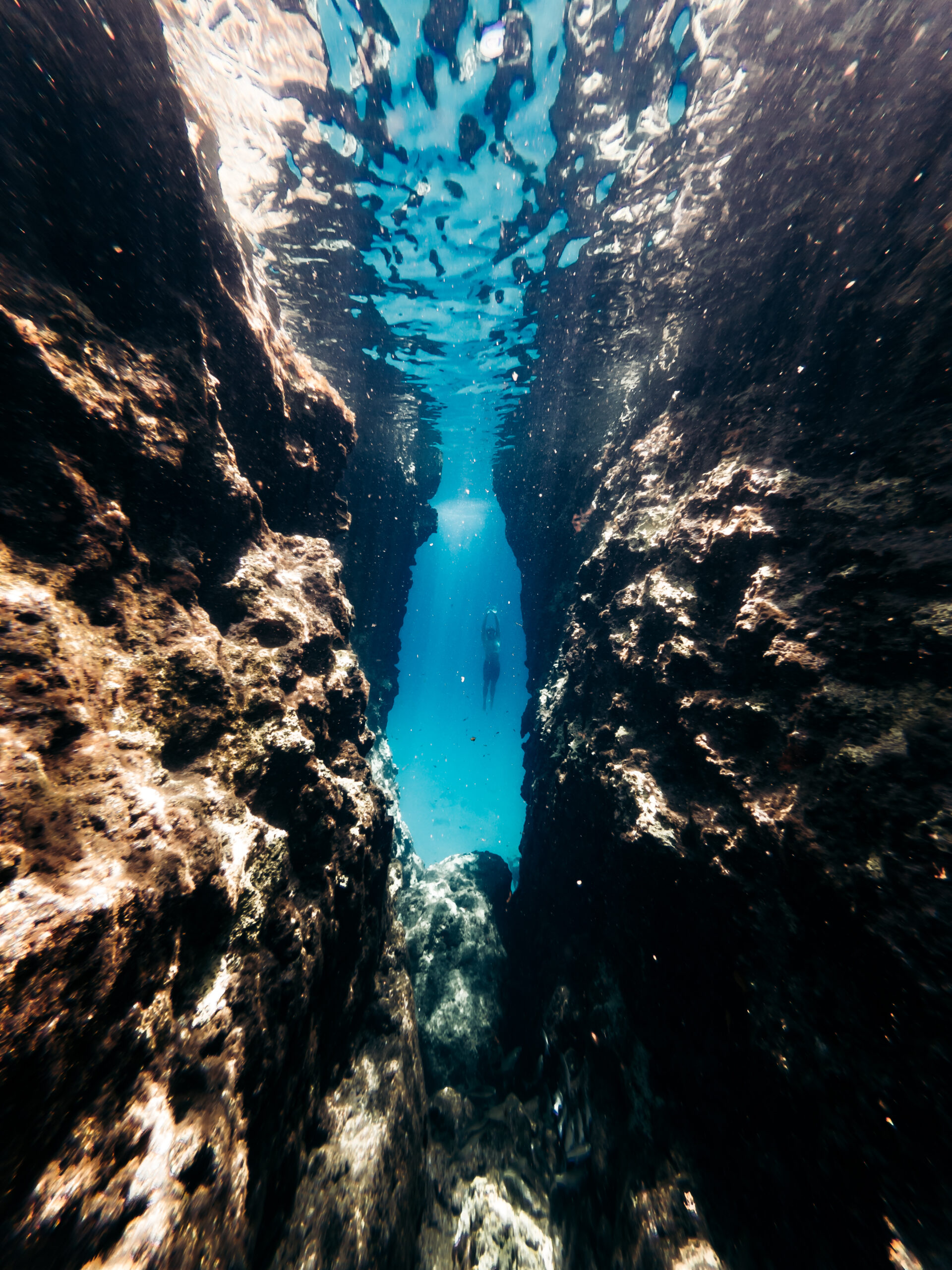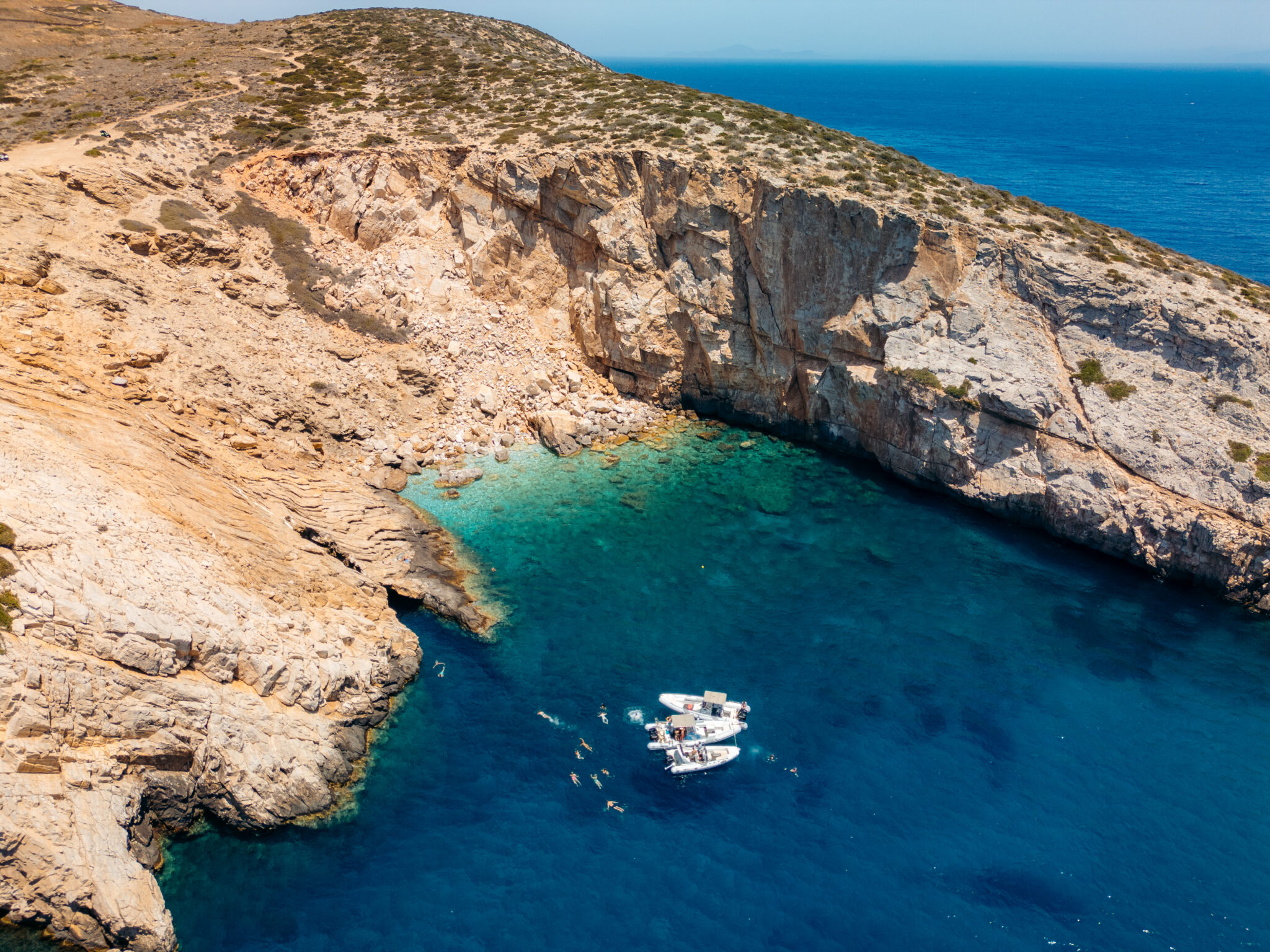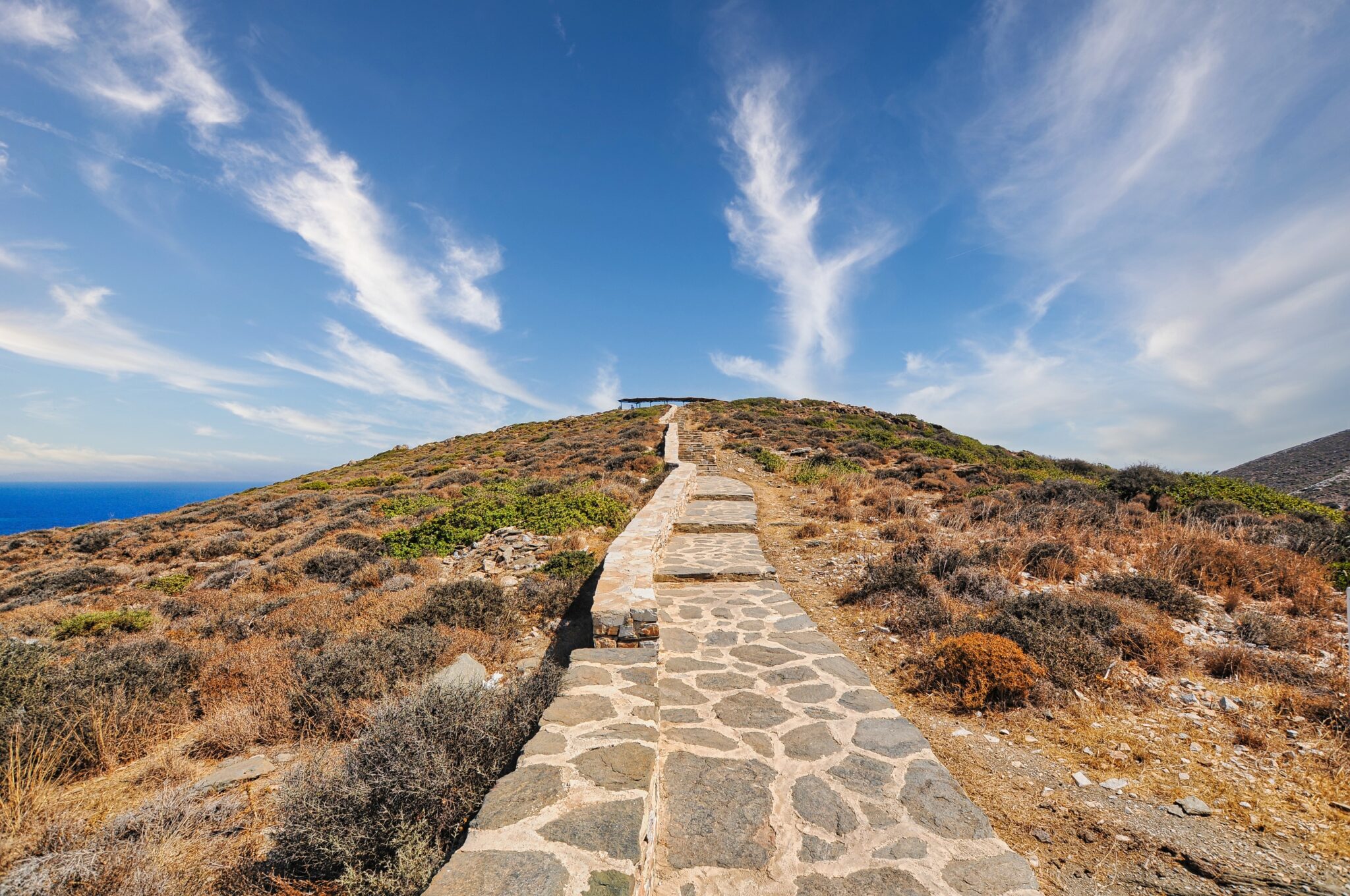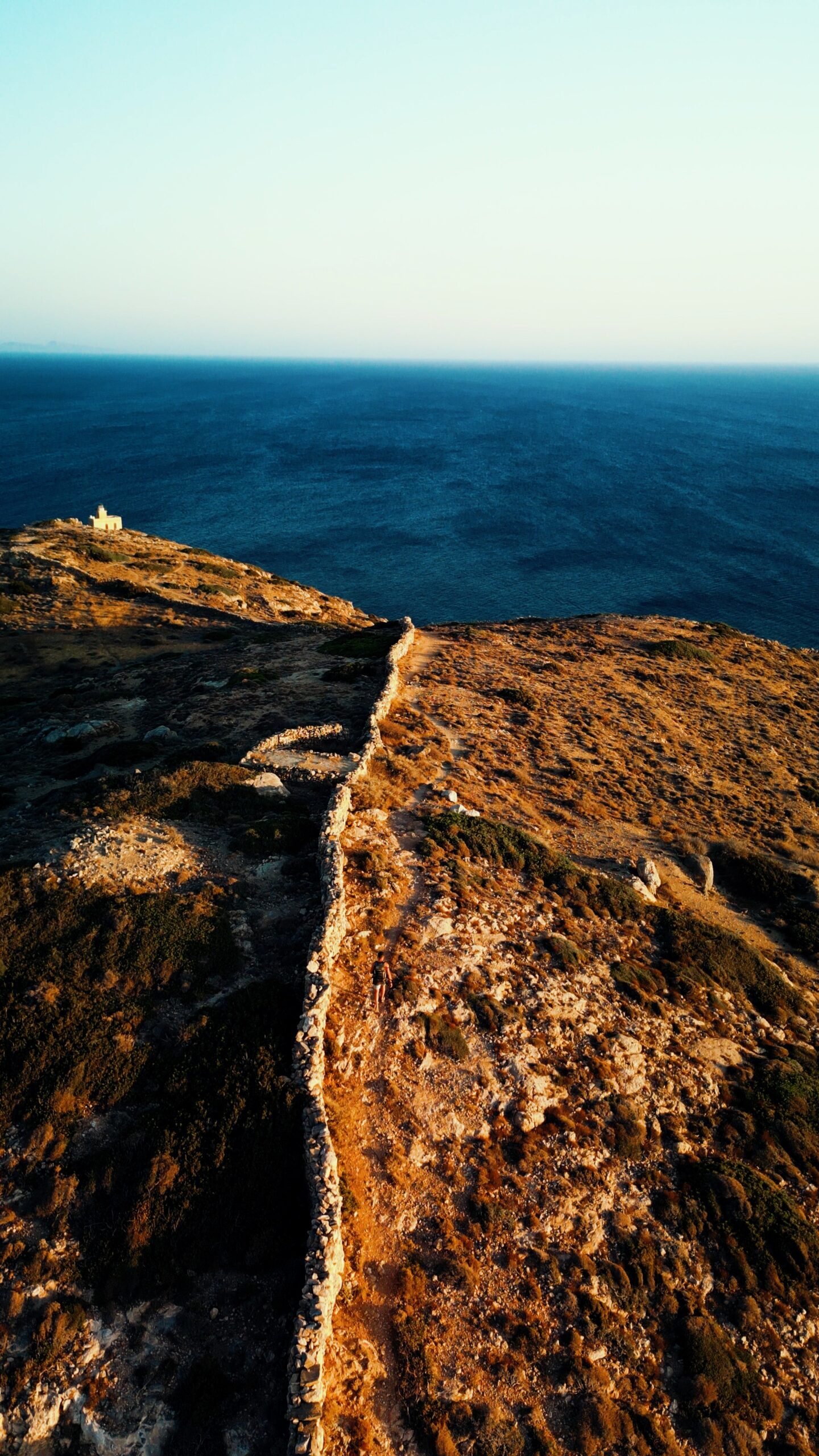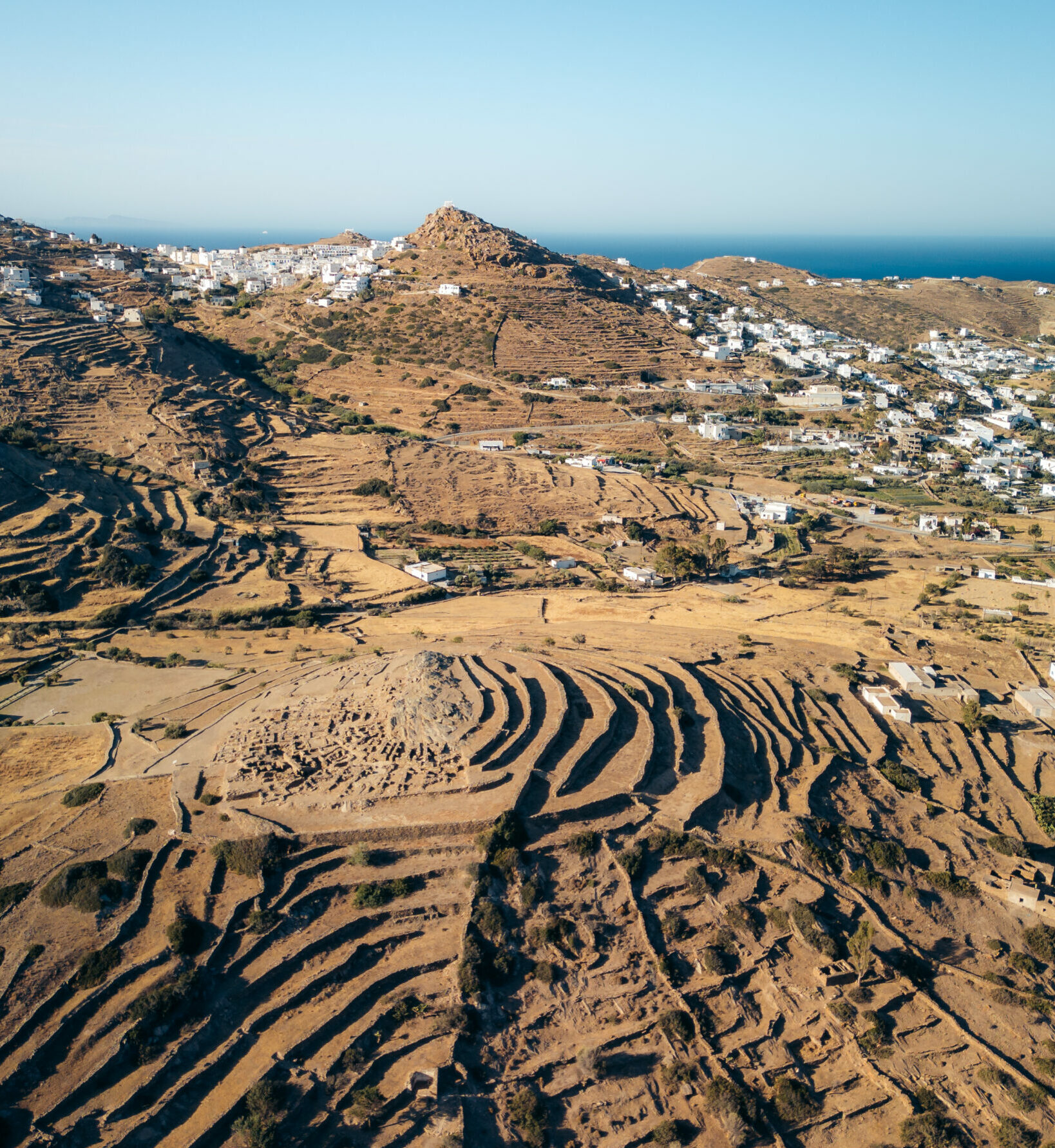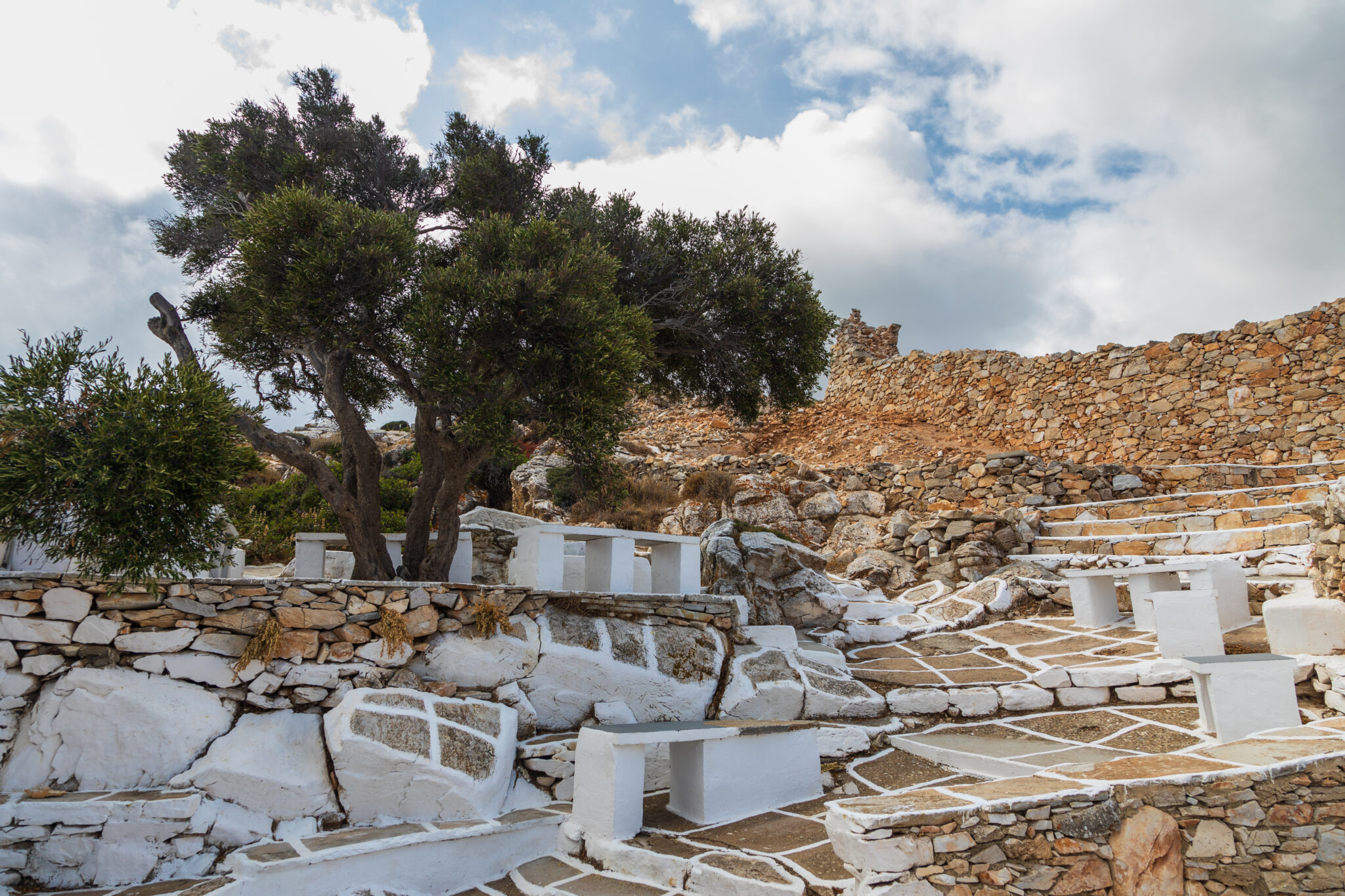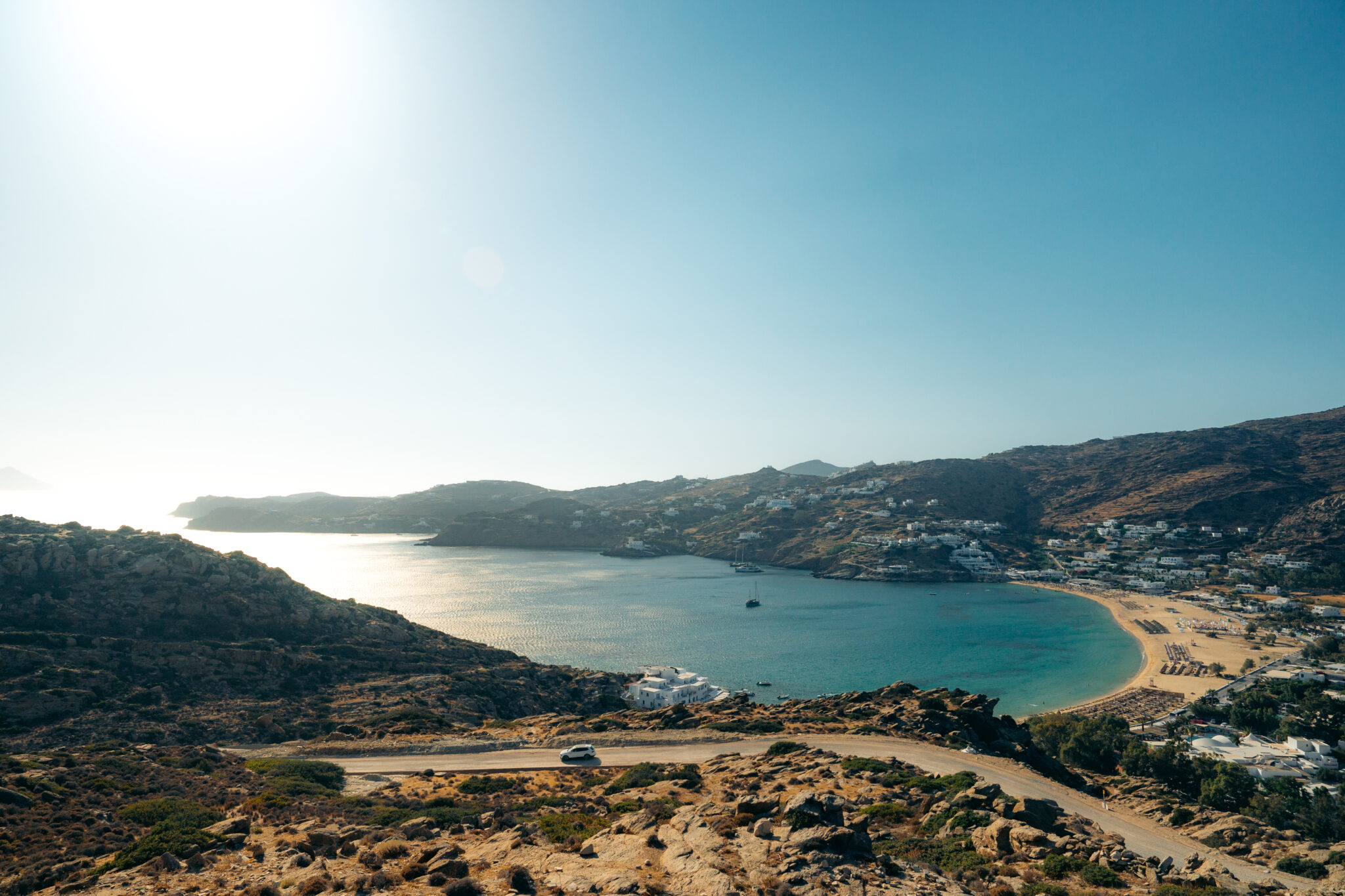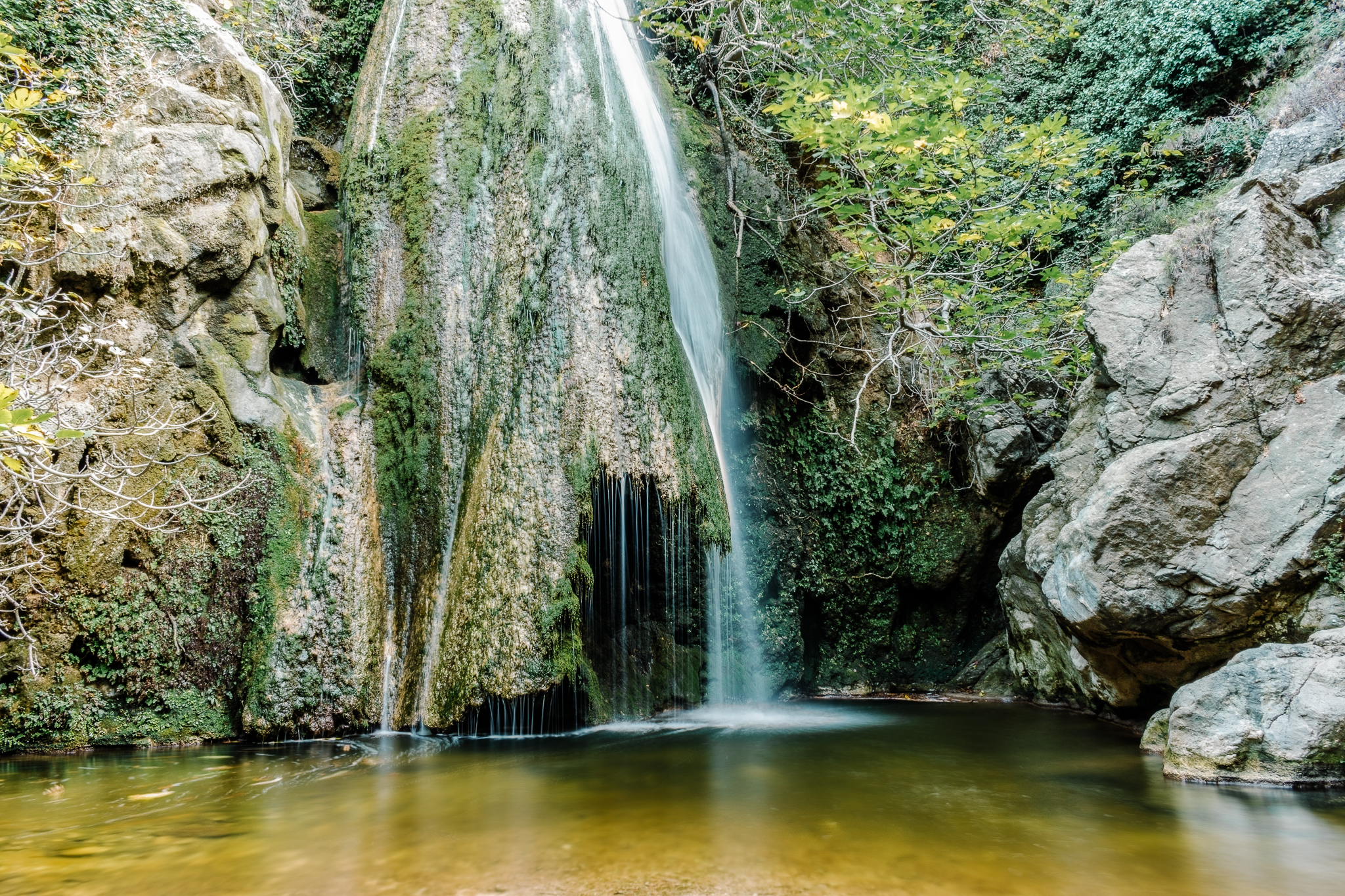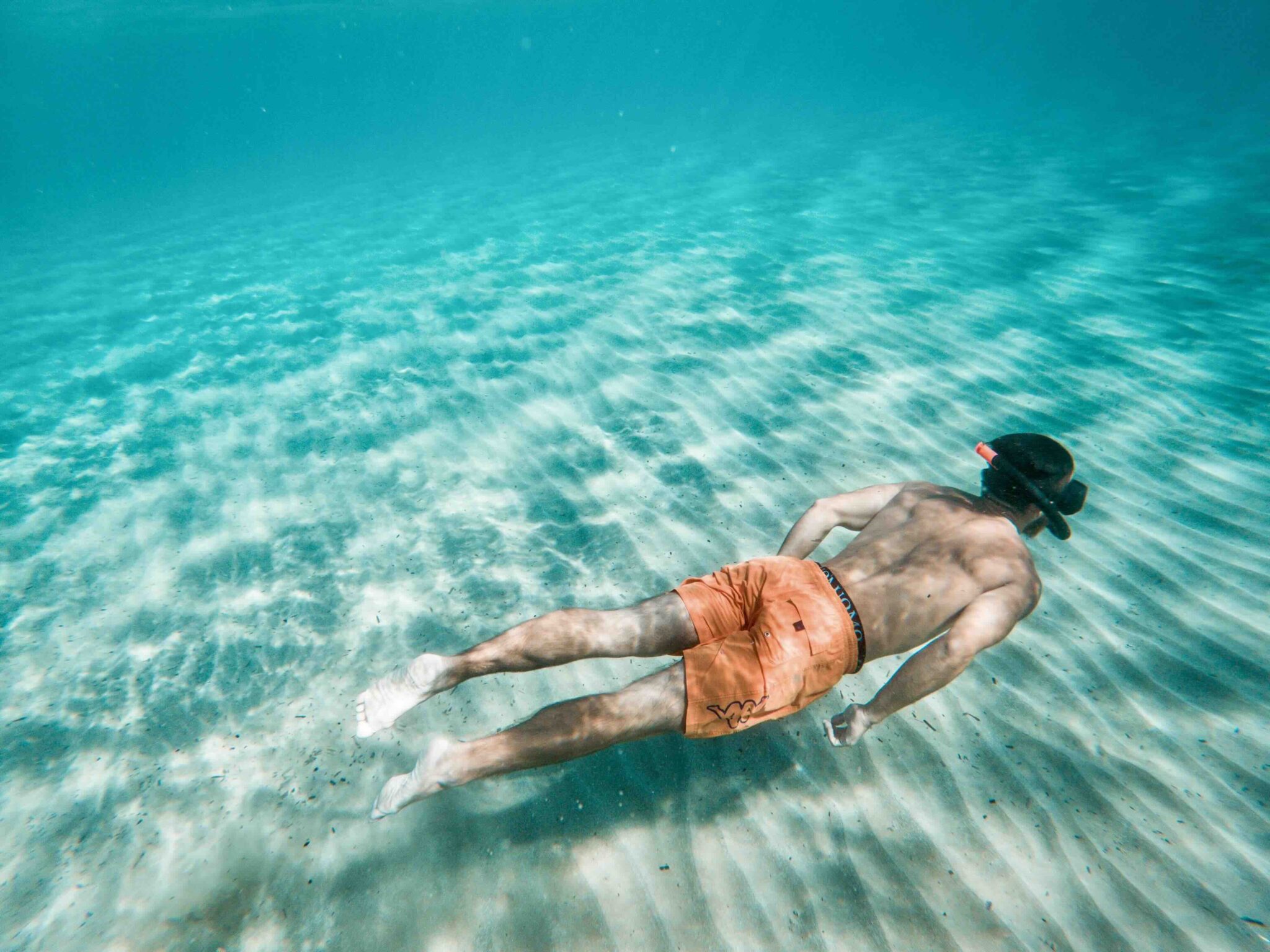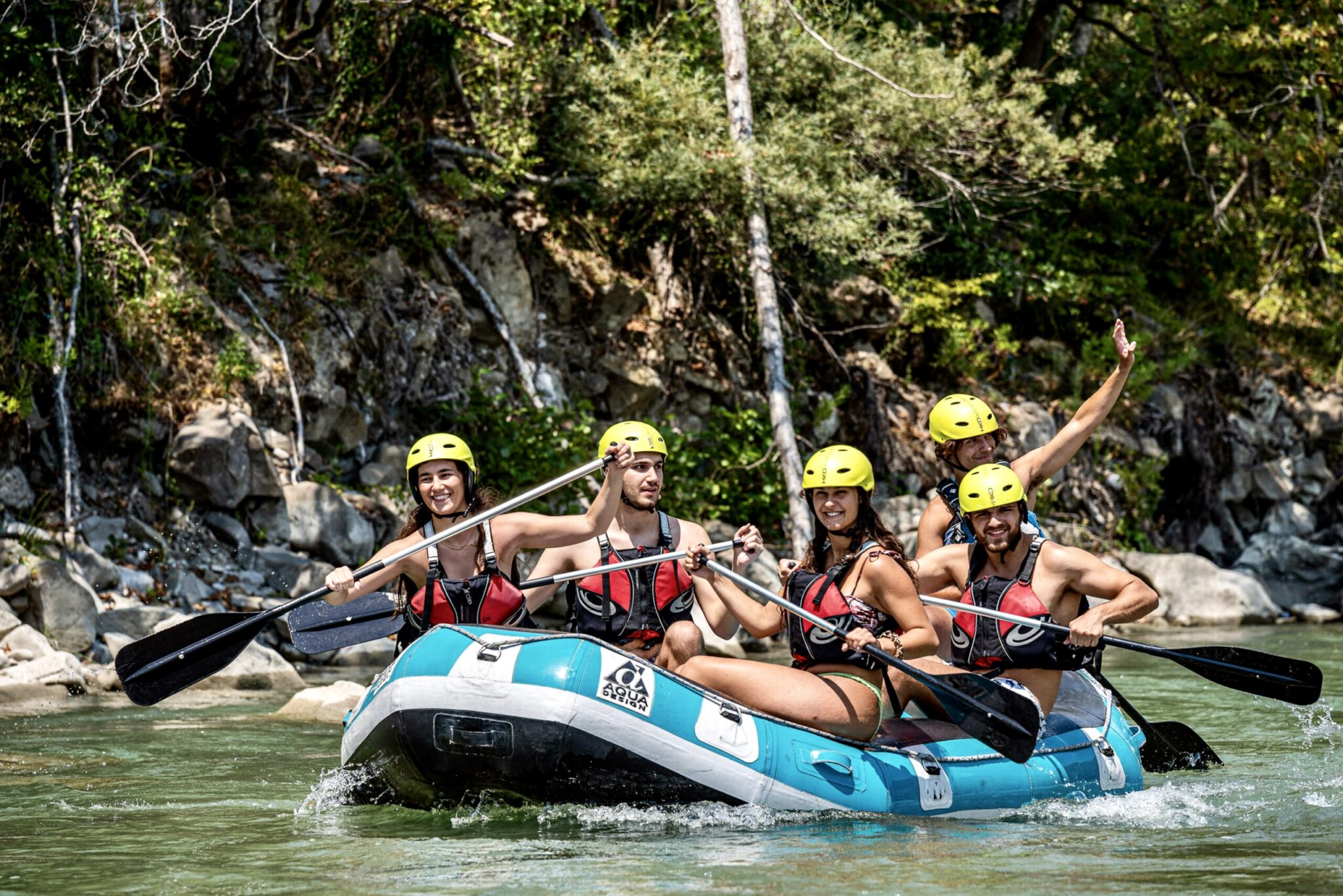From experiencing the beautiful underwater world by scuba diving to taking a scenic hike to explore the island’s authentic nature and landmarks, Ios offers rewarding and memorable experiences that go way beyond its lively nightlife. Here we guide you to its beaches, landmarks and villages.
Diving
In the port and at Mylopotas, some companies offer services for exploring the underwater world of Ios through scuba diving and snorkeling. They provide the equipment, boats to reach the diving spots, and training for both children and adults by certified divers. Ideal locations for these activities are Koumbara Beach, with a maximum depth of six meters, the islet Diakofto in the Ormos area with a maximum depth of 28 meters, Valmas Beach with a sandy bottom and rocks, and Fanari Cape for experienced divers, with a maximum depth of 21 meters and a rocky bottom.
Hiking
Although small, the island of Ios offers plenty of experiences for discovering its beautiful nature on foot. There are various routes, from easy to moderate difficulty, as well as some suited for experienced hikers and routes of cultural interest. The Municipality of Ios has highlighted several hiking paths, and there are also Ios Paths (https://iospaths.gr) for those seeking guided and organized experiences.
Suggested routes
-Ormos-Skarkos-Chora-Ormos (circular, 3.7 km). Visit the archaeological site of Skarkos on the hill where a prehistoric settlement was discovered, dating back to the mid-3rd millennium BC. Around it, the locals created a complex network of dry stone walls resembling the spirals of a snail (called ‘karavola’ by the locals).
-Ormos-Koumbara-Lighthouse (round trip, 3.9 miles). Embark on this scenic route in the late afternoon to witness a breathtaking sunset from the recently renovated lighthouse overlooking the Aegean Sea.
-Chora-Mylopotas-Sapounochoma-Pikri Nero (7.6 km). Starting from the town of Ios, you will reach one of the Cyclades’ most scenic and fun beaches, Mylopotas. It is renowned for its all-day clubbing scene, enjoyed annually by thousands of mainly young visitors from around the world. The beaches after it are ideal for those who want to avoid crowds.
-Chora-Valmas Beach-Agia Irini-Ormos (1.6 miles). A short yet picturesque trek beginning in Chora, following signs to Kolitsani and Valmas. From Valmas Beach, easily continue your journey past charming rocky coves, each offering its own secluded beauty.
-Odysseas Elytis Theater-Agios Dimitrios-Prophet Elias (2.3 km). A small and pleasant path in Chora. Part of it features dry stone walls.
-Chora-Agios Spyridonas-Agios Prokopis-Agia Theodoti Beach (7.4 km). An old path with dry stone walls that once connected Chora with the area of Agia Theodoti, the island’s oldest church, very close to the bay of the same name. Founded in the 16th century, it was built on the ruins of an ancient temple of Apollo, and the area has been declared an archaeological site. Just across from the church, traces of an ancient aqueduct and a Hellenistic tower were discovered.
-Chora-Epano Kampos-Ormos (round trip, 11 km). The plain of Kampos, near Chora to the northwest, is the largest on the island and full of crops. The small settlement offers rental houses and rooms for those wanting to avoid the crowds.
-Psathi-Ormos Domino (1.4 km). A short route with a sea view. Psathi is a very small seaside village with a small port, created due to the vegetable gardens and vineyards owned by a few residents. Its large, sandy beach with gorgeous waters is famous and ideal for windsurfing when the winds blast. Nearby, you will find smaller coves. A taverna and a few rental rooms are available.
-Paleokastro-Mylopotas Beach (25 km). A route for experienced hikers with endurance. Paleokastro is one of the most beautiful spots on Ios to gaze at the sea and neighboring islands like Naxos, Amorgos, and Paros. It is believed that the castle was built on the site of a pre-existing Byzantine structure by the Venetian Markos Crispos in 1397 to monitor the sea routes to the Aegean and Crete. Parts of the walls and the church of Panagia Paleokastritissa are still preserved.



